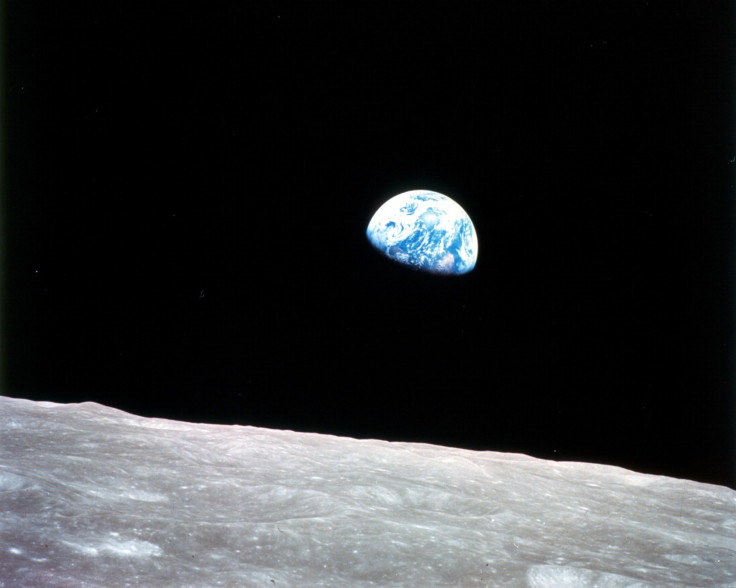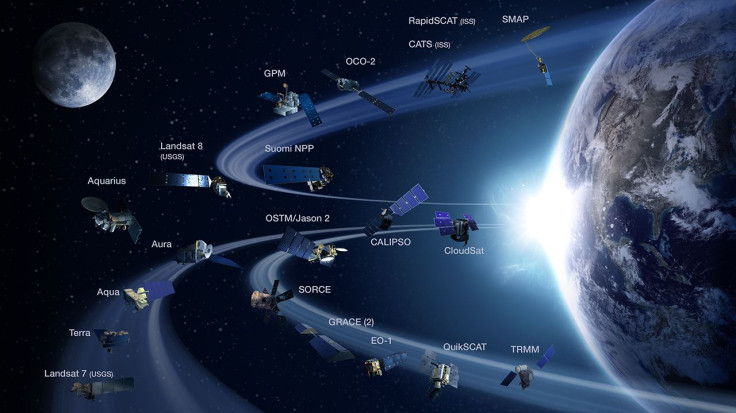Earth Day 2015 Live Stream: An Out Of This World View Of The Pale Blue Dot We Call Home

Earth Day 2015 is about celebrating this piece of rock in the Milky Way that we call home. There are plenty of activities and ways you can give back to the planet today, but the astronauts aboard the International Space Station have the best view. For Earth Day, let's look at a live stream and views of the planet, courtesy of NASA and the European Space Agency.

"Look again at that dot. That's here. That's home. That's us. On it everyone you love, everyone you know, everyone you ever heard of, every human being who ever was, lived out their lives. The aggregate of our joy and suffering, thousands of confident religions, ideologies and economic doctrines, every hunter and forager, every hero and coward, every creator and destroyer of civilization, every king and peasant, every young couple in love, every mother and father, hopeful child, inventor and explorer, every teacher of morals, every corrupt politician, every 'superstar,' every 'supreme leader,' every saint and sinner in the history of our species lived there -- on a mote of dust suspended in a sunbeam," Carl Sagan said in his famous "Pale Blue Dot" speech. Sagan was inspired by the photo of Earth taken by Voyager 1 from Neptune. From the spacecraft's position, Earth was just a dot in a beam of light.

That sense of awe and wonder of Earth continues today. Looking at the daily photos taken by NASA astronaut Terry Virts or ESA astronaut Samantha Cristoforetti, they're excited by what they see around them every day.
Good night from #space. Buona notte dallo spazio. pic.twitter.com/5ZwdK77wF9
— Sam Cristoforetti (@AstroSamantha) April 20, 2015NASA is celebrating Earth Day 2015 by asking people to share photos and videos of their favorite places on the planet using "#NoPlaceLikeHome." Despite discovering close to 2,000 planets, NASA has yet to find another place quite like Earth.

The space agency has made it a priority to study Earth, and there are satellites mapping weather, monitoring the environment and studying climate change. NASA's Earth Observing System is just one of many studying the planet in detail. The space agency recently launched the Deep Space Climate Observatory (DSCOVR), the Cloud-Aerosol Transport System (CATS) and the Soil Moisture Active Passive (SMAP) mission. ESA has its own Earth-observing missions.
While you may not be able to schedule a trip to the International Space Station, NASA has installed the Earth Viewing Experiment aboard the ISS. You can get a look at the view from Earth below.
© Copyright IBTimes 2024. All rights reserved.






















